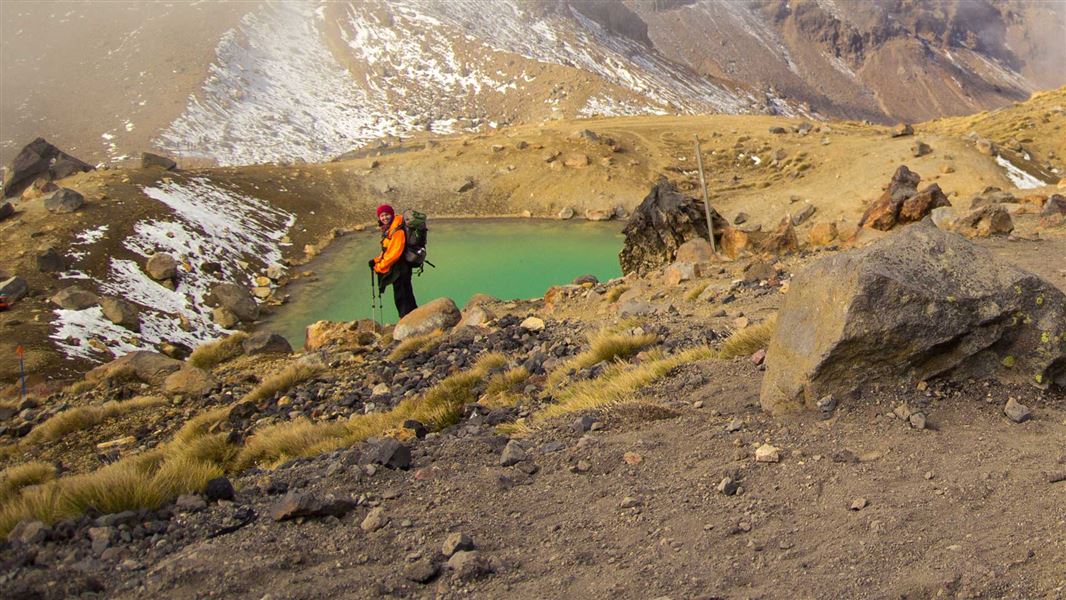
Located in Tongariro National Park in the Central North Island region
Introduction
From late October to April, explore the volcanic heart of Tongariro National Park, a landscape of stark glacial contrasts and alpine views. From May to late October, it can be cold and wet, with ice, snow, avalanches and short daylight hours - only go if you have navigation and alpine skills.Bookings for the 2025/26 season open at 9.30 am on Thursday 22 May 2025.
Bookings are not required for Tongariro Northern Circuit huts outside the Great Walk season (May to late October). During this time huts are first come, first served. Fees still apply.
Stay safe in the outdoors
- Choose the right trip for you. Learn about the route and make sure you have the skills for it.
- Understand the weather. Check weather forecasts.
- Pack warm clothes and extra food. Check gear lists.
- Share your plans and take ways to get help. Share directly or use the Outdoor Intentions form or Plan My Walk. Take a distress beacon.
- Take care of yourself and each other.